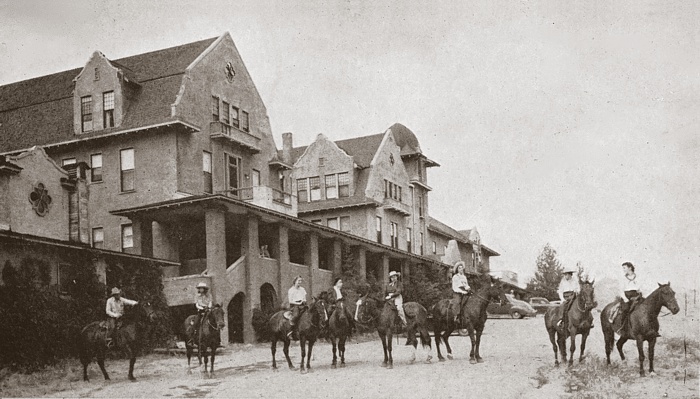Helena’s Grandstreet Theatre began in 1901 as the Unitarian Church. Unitarians were a progressive group who believed churches should serve the community, so the building doubled as a public auditorium and theatre. Reverend Stanton Hodgin and his wife Clara arrived as a team in 1903. Clara was a former kindergarten teacher, full of energy and eager to work with Helena children. Fiercely devoted to her small charges, Clara was adored by the children and she loved to direct them in dramatic presentations. The Sunday school grew from 20 to 100 children in a matter of months. But Clara’s time was short. She became ill and died in January 1905; she was only 34. Her husband found boxes of notes detailing things she had wanted to do, and her students remembered that Clara’s smile was like sunshine. The church became the public library in the 1930s. Then in 1976, its adaptive reuse as Grandstreet Theatre brought the building back to one of its original functions. Grandstreet has earned a top-notch reputation for its highly professional productions and its creative theatre school where young thespians gain hands-on training and experience. Students, actors, and patrons of all ages report an electric energy in the building. Lights and equipment turn on without assistance. A misty apparition occasionally hovers in the balcony. And the light plays oddly around Clara’s memorial Tiffany window.
 |
| Courtesy Grandstreet Theatre |









